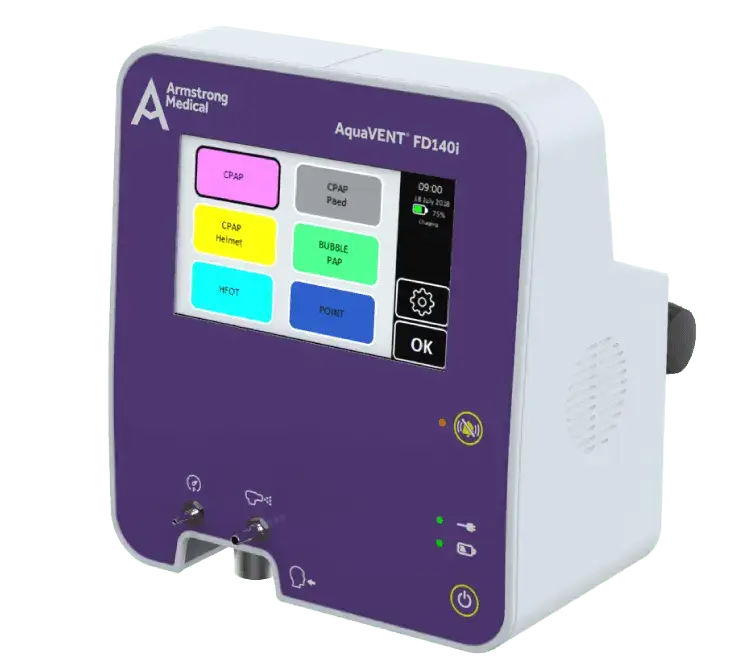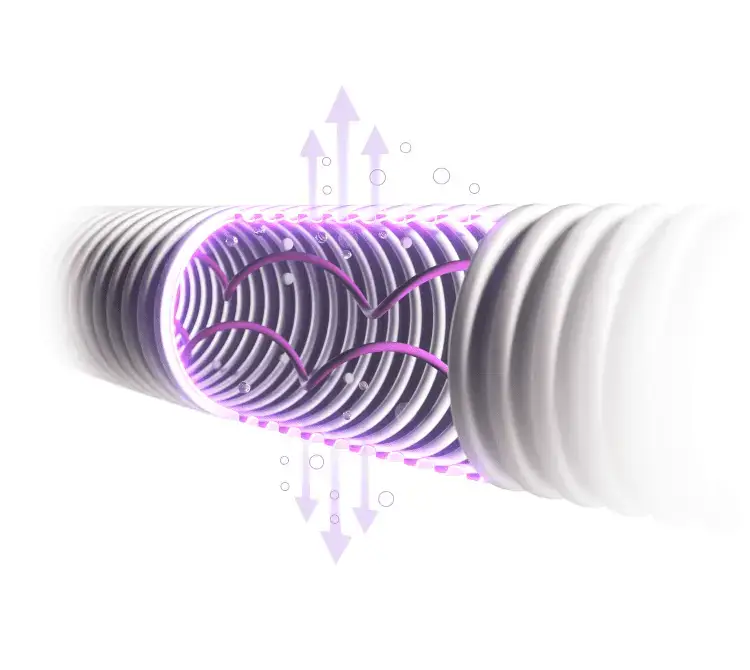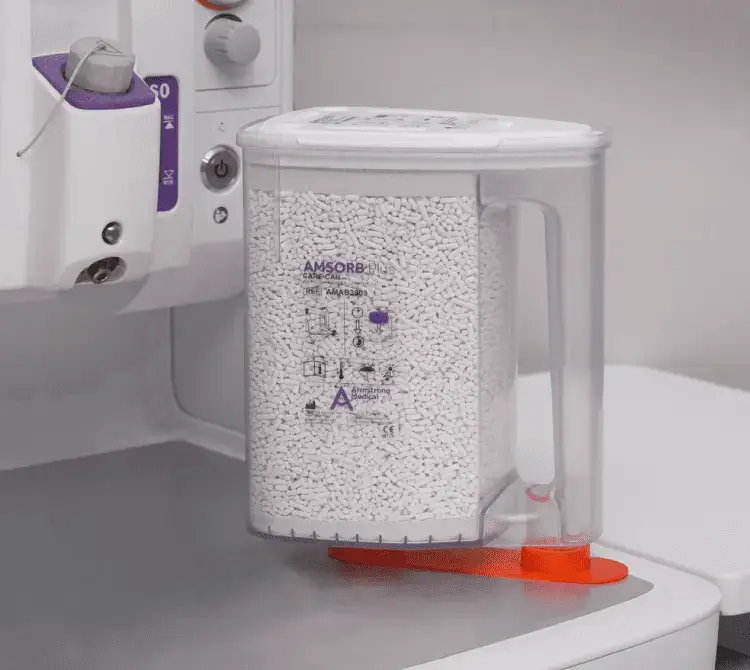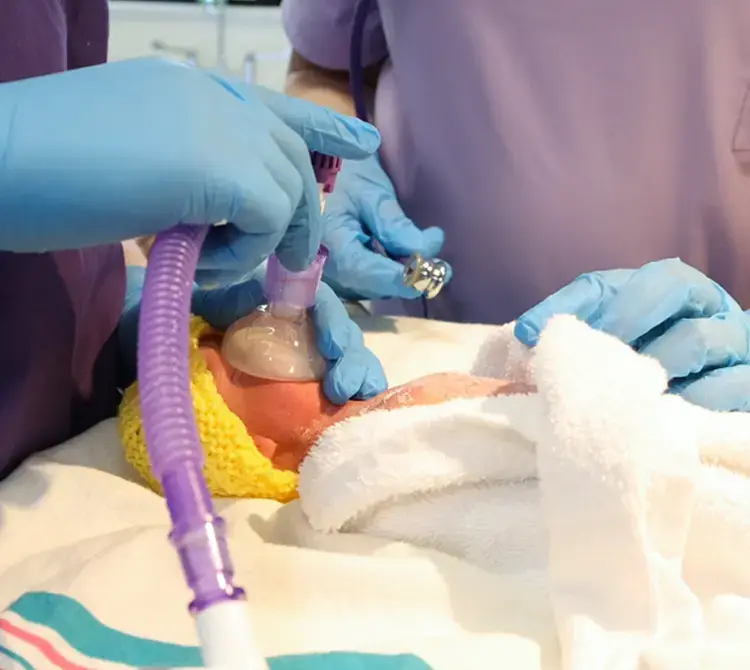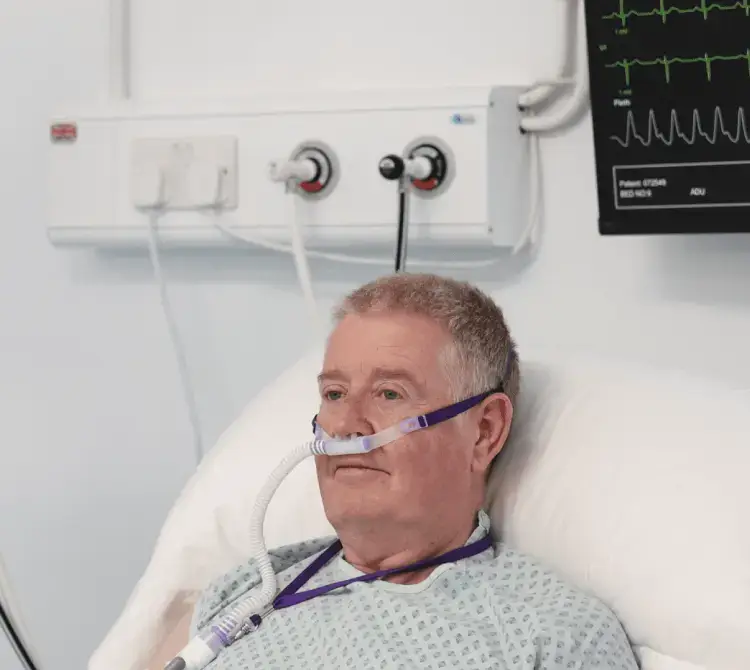ATAINing Better Outcomes: Managing Respiratory Issues on the Delivery Suite to reduce Neonatal Unit Admissions for Full-Term Babies
- Published on:
ATAINing Better Outcomes: Managing Respiratory Issues on the Delivery Suite to reduce Neonatal Unit Admissions for Full-Term Babies
- Published on:
On this page

The neonatal unit plays a crucial role in providing specialised care to newborns with health challenges. Respiratory issues like Respiratory Distress Syndrome (RDS) due to surfactant deficiency are some of the most common challenges for preterm babies requiring respiratory support, however, a significant proportion of term infants are admitted to neonatal units for conditions that could be managed outside the neonatal unit with appropriate interventions. One such condition is Transient Tachypnoea of the Newborn (TTN), a respiratory issue that often leads to neonatal admissions. In this blog, we’ll explore how effective management strategies, such as those for TTN, can help optimise neonatal care.
Understanding Transient Tachypnoea of the Newborn (TTN)
Transient Tachypnoea of the Newborn (TTN) is a temporary breathing issue often seen in term and late preterm babies. It is characterised by rapid breathing, typically starting within a few hours of birth. It occurs when the baby’s lungs have not fully cleared the amniotic fluid, leading to rapid breathing and short term, mild respiratory distress.[1] TTN is more common in full-term babies and those born via caesarean section (C-section), as these infants may have less fluid clearance during birth compared to those delivered vaginally.[1] Although TTN is generally benign, proper management is crucial to prevent unnecessary admissions to the neonatal unit and ensure optimal care for the infant. Most cases of TTN will resolve within 24 to 72 hours but can cause significant concern for parents and healthcare staff.[2]
Management of TTN
or infants diagnosed with TTN, the primary treatment is supportive care. This may include:
- Supplemental Oxygen
- Continuous Positive Airway Pressure (CPAP)
- Monitoring and regular assessment of respiratory status and oxygen saturation
Most cases of TTN resolve without the need for invasive interventions but effective respiratory support can help ease the baby’s discomfort and promote normal breathing more quickly.[3]
The Role of CPAP in Treating TTN
CPAP is an important first-line respiratory therapy for newborns experiencing respiratory distress, including those with TTN. CPAP works by delivering gentle, steady levels of flow and pressure into the baby’s airways. This keeps the airways open, reduces the work of breathing, and helps maintain proper oxygenation. This is particularly valuable for newborns with TTN as the continuous airway pressure assists in clearing the residual fluid from the lungs. This pressure support often helps relieve the rapid breathing associated with TTN, allowing the baby’s respiratory system to stabilise more quickly.[4,5]

Why Treat in Delivery Suite instead of NICU?
Studies indicate that over 20% of full-term babies admitted to neonatal units could avoid admission to NICU with appropriate care strategies.[6] Implementing practices that keep mother and baby together, such as skin-to-skin contact, can reduce the incidence of TTN and other respiratory conditions. This approach not only minimises the need for neonatal admissions but also supports maternal-infant bonding and breastfeeding. [6]
The ability to provide skin to skin contact, or kangaroo care, between mum and baby has numerous benefits including:
- Establishing a strong bond and emotional connection. which is essential for the baby’s sense of security and the mother's emotional well-being.
- Encouraging early breastfeeding. which helps with nutrition, strengthens the immune system, and promotes proper development. It also supports the mother in establishing milk production.
- Regulation of body temperature. After birth, a newborn’s ability to regulate their body temperature is still developing so laying in Skin-to-skin contact keeps them warm in a natural way and reduces the risk of hypothermia.[7,8]
- Lower Stress. Separation can cause stress for both the baby and the mother. For babies, being away from their mother can increase heart rate and stress hormones, while the mother can also experience anxiety or emotional distress from not being with her baby. Keeping them together helps to minimise these stress responses.[7]
- Stabilisation of Vital Signs. Studies show that babies who stay close to their mothers after birth have more stable heart rates, respiratory rates, and blood sugar levels. The physical closeness helps the baby feel more secure and helps regulate these critical functions.[8]
- Promotes Healthy Brain Development: The first few hours of life are a crucial period for the baby’s brain development. Positive sensory experiences, like touch, sight, and sound, help stimulate brain activity and support healthy development.[9]
CPAP in the delivery room can be especially valuable for babies at risk of respiratory issues, as early application may reduce the severity of respiratory distress and the potential for further deterioration of the baby.
The National Health Service ATAIN program
Improving the safety of maternity services is a key priority for the UK National Health Service (NHS) and the number of unexpected admissions of full-term babies is seen as a proxy indicator that harm may have been caused at some point along the maternity or neonatal pathway [1]. The aim of their Avoiding Term Admissions into Neonatal Units (ATAIN) program is to focus on 4 key areas of concern or potential harm that could be addressed outside the NICU to help avoid admission and therefore separation of mother and baby [2]. One of these areas is respiratory conditions so the potential to treat TTN in the delivery suite may directly feed into Hospitals aims to improve their ATAIN rates. [10,11]
Conclusion
Reducing unnecessary neonatal admissions for full-term infants, particularly those with TTN, is achievable through supportive care and respiratory support. By focusing on practices that promote maternal-infant bonding and early respiratory support, healthcare providers can enhance outcomes for newborns and reduce the burden on neonatal units by avoiding unnecessary admissions.
References
[1] Jha, Kanishk, George N. Nassar, and Kartikeya Makker. “Transient tachypnea of the newborn.” (2019).
[2] https://www.hopkinsmedicine.org/health/conditions-and-diseases/transient-tachypnea-of-newborn
[10] https://www.england.nhs.uk/mat-transformation/preventing-avoidable-admissions-of-full-term-babies/

